In the early 1970s, just as part of the ESV programme (Experimental Safety Vehicles), Mercedes-Benz built more than 30 test vehicles to research into future automobile safety systems. It is with these ESVs that the brand reflects its many years of systematic activities for the development of vehicle safety. They prepare the way for numerous innovations, some of which are only ready for series production years later. They include ABS, belt tensioners and belt force limiters, airbags, pedestrian protection measures and side impact protection.
,xPosition=0,yPosition=0)
Milestones in safety development
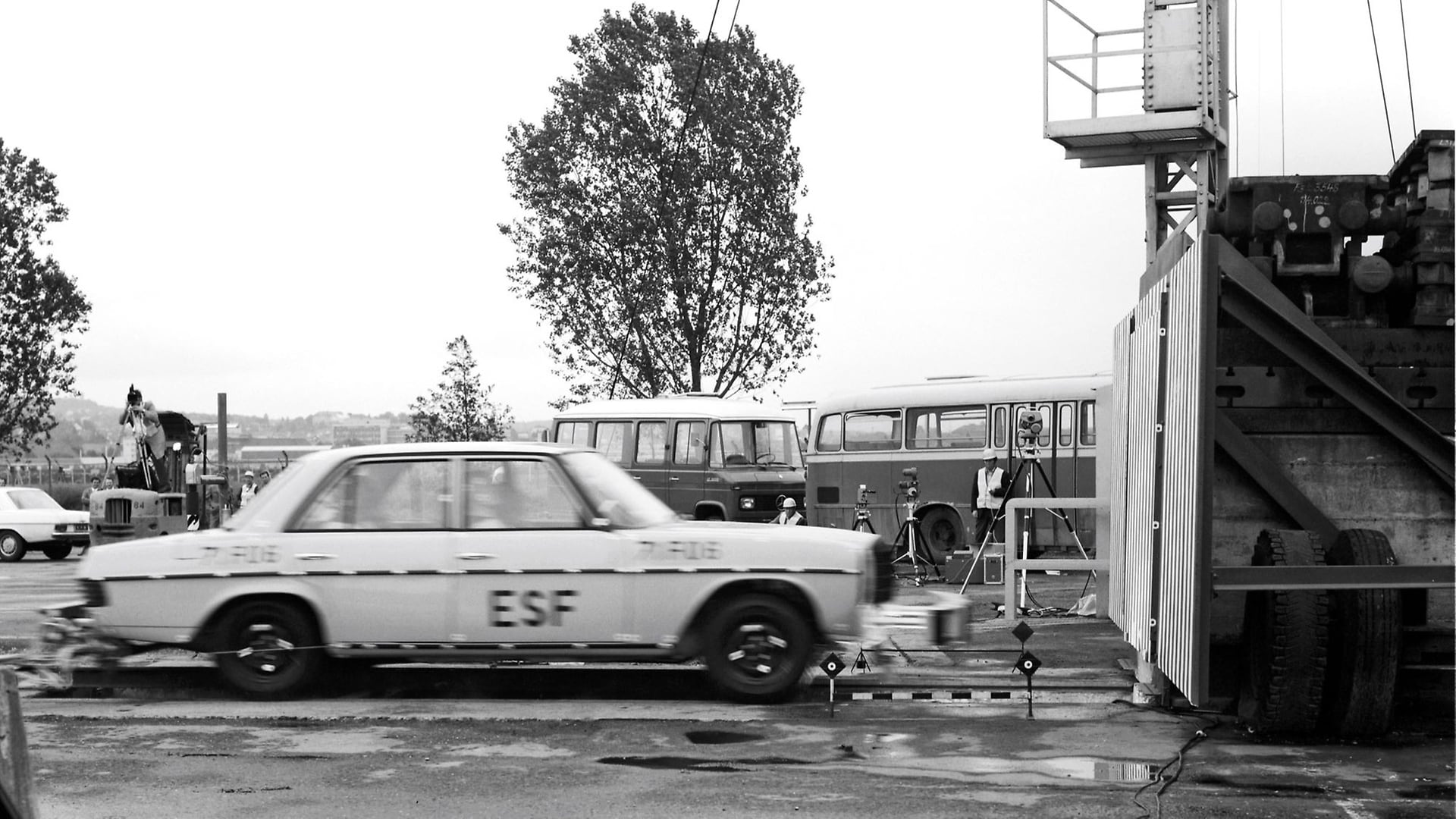
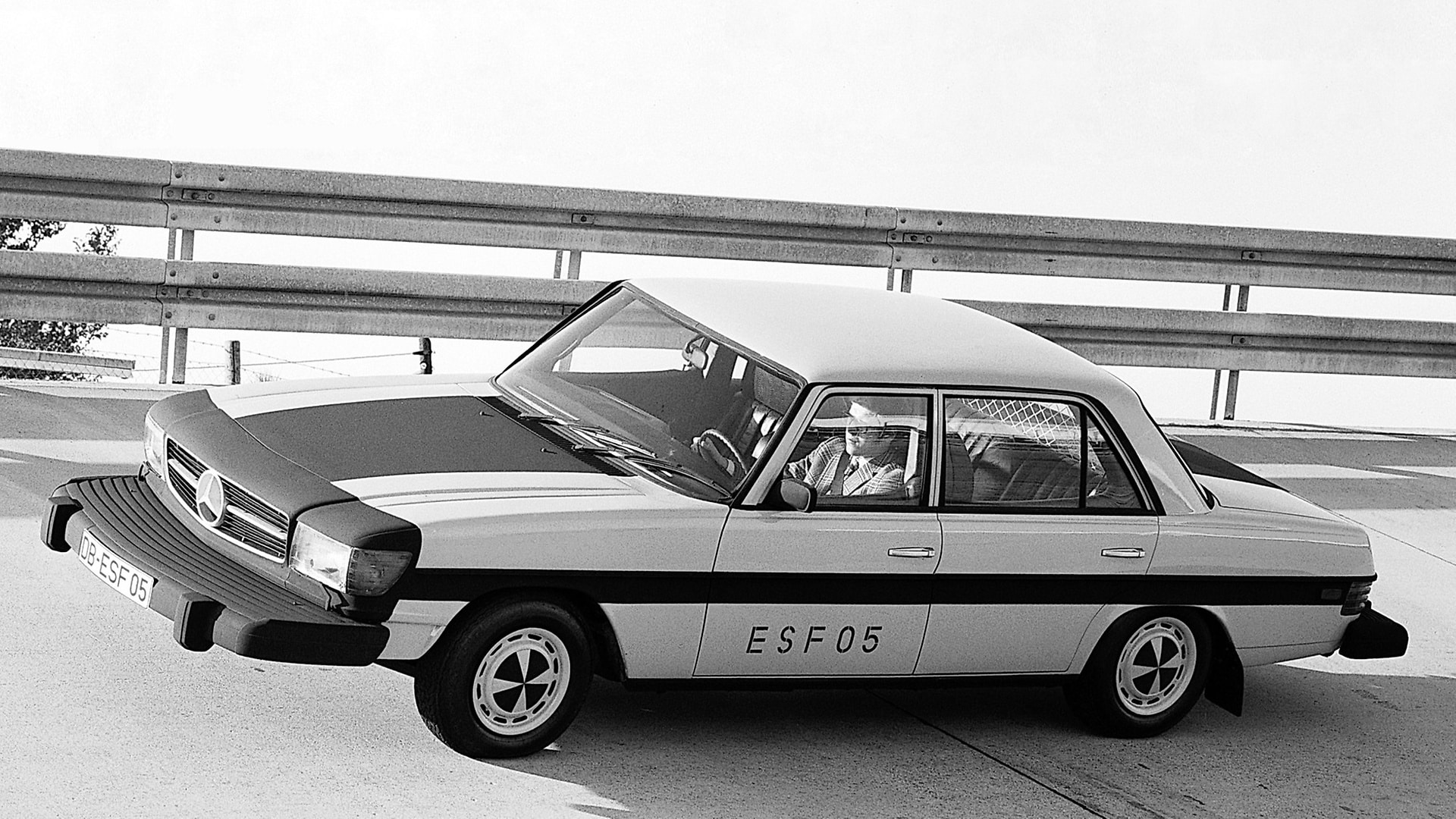
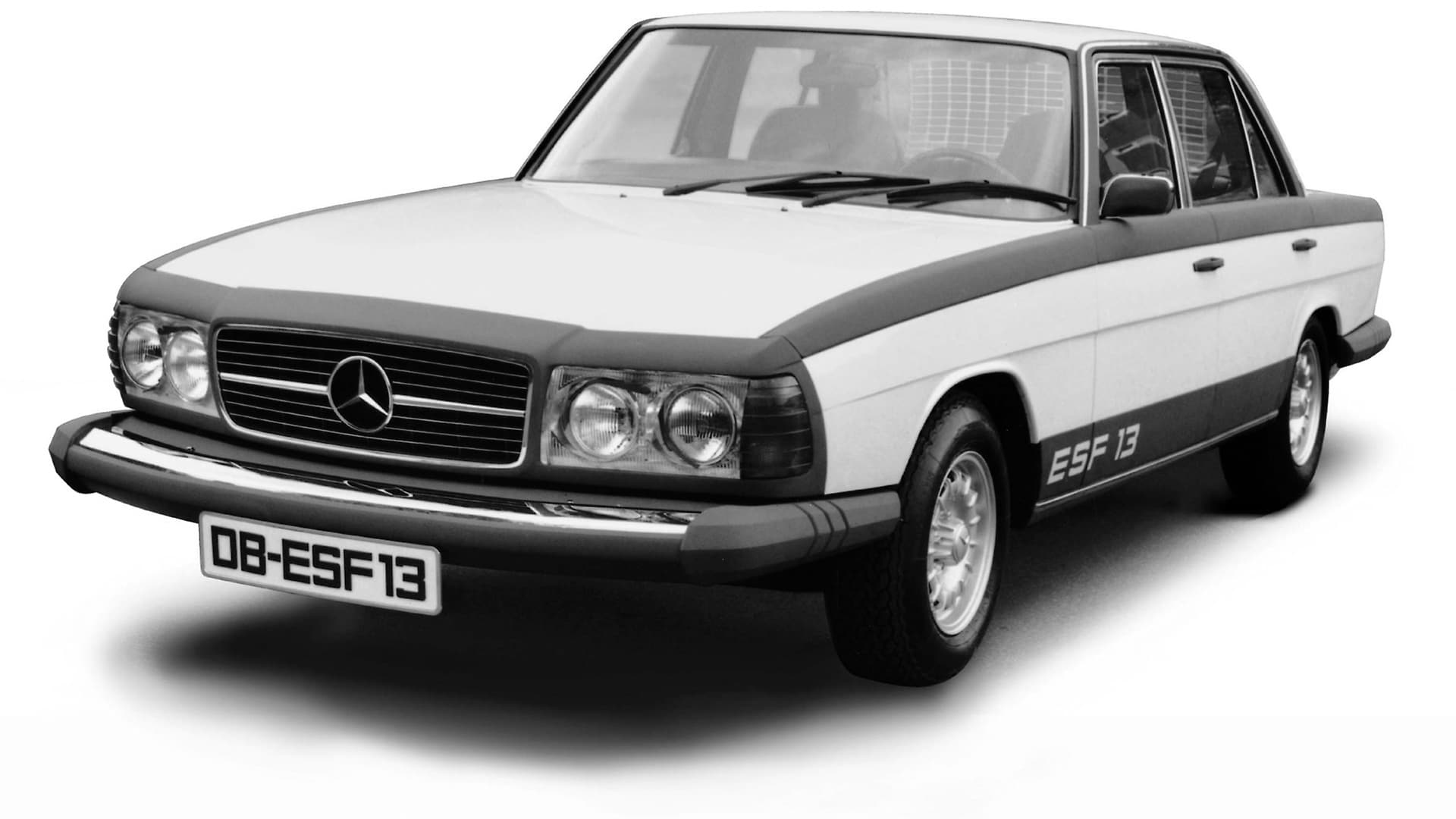
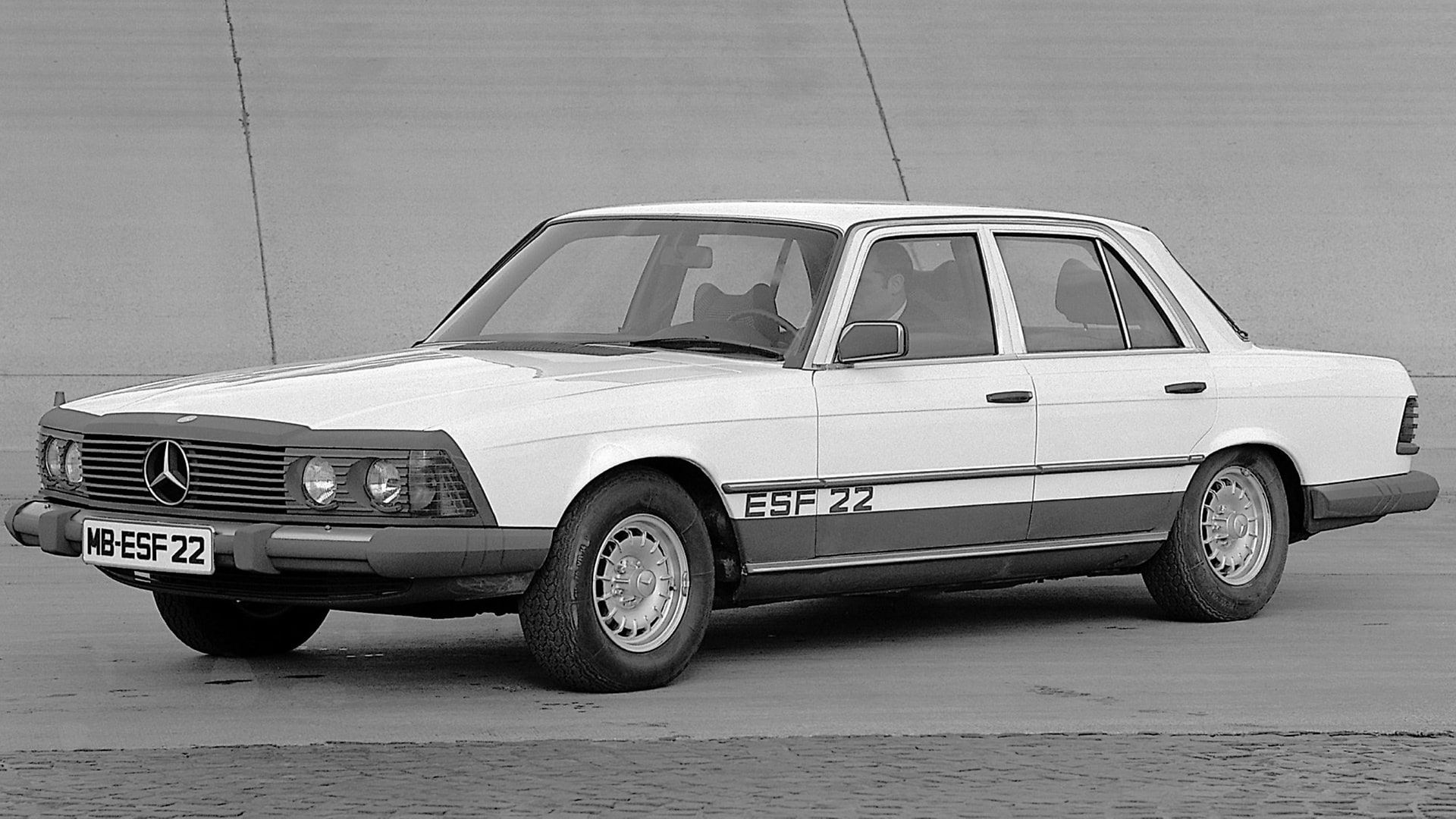
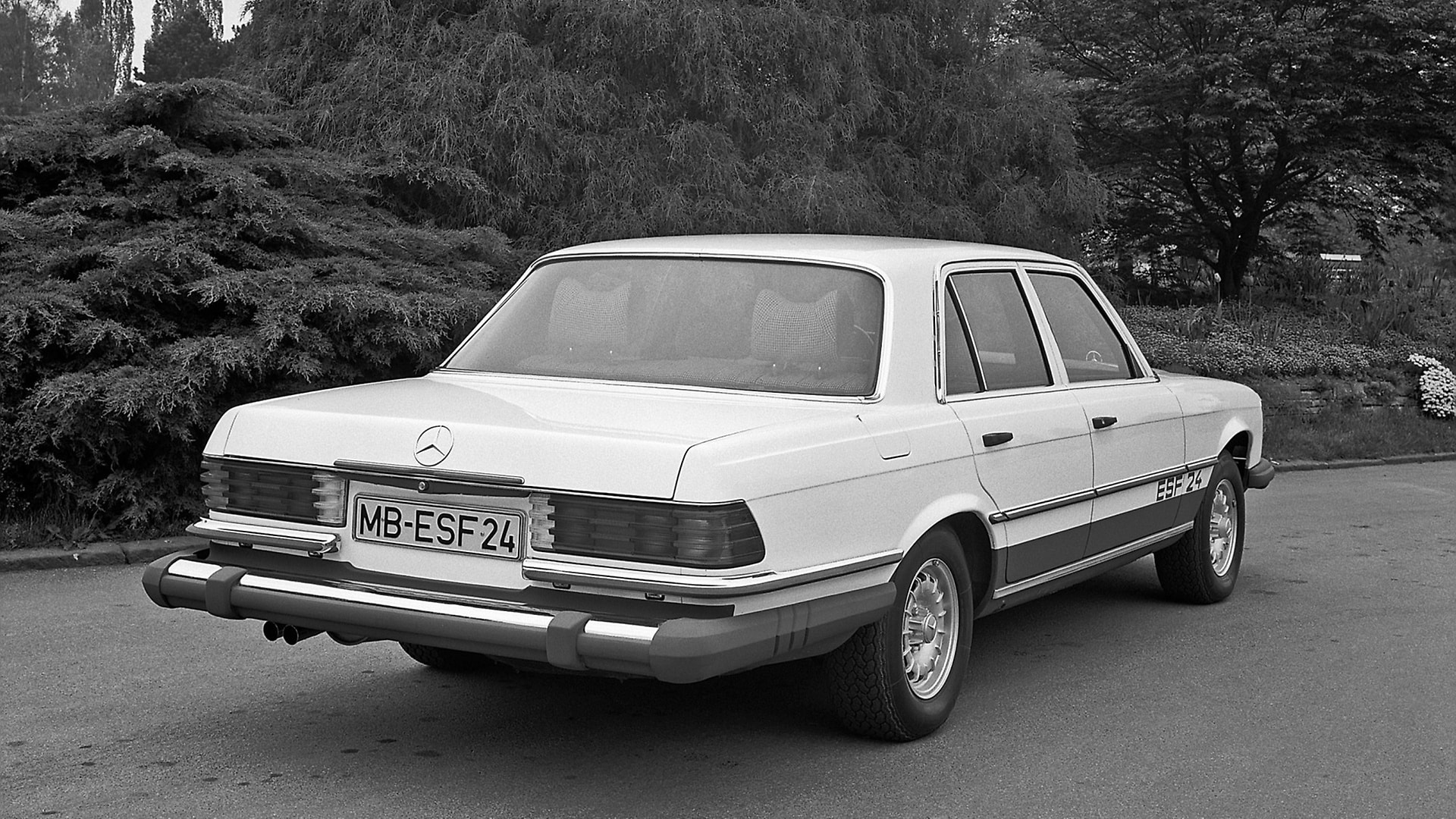
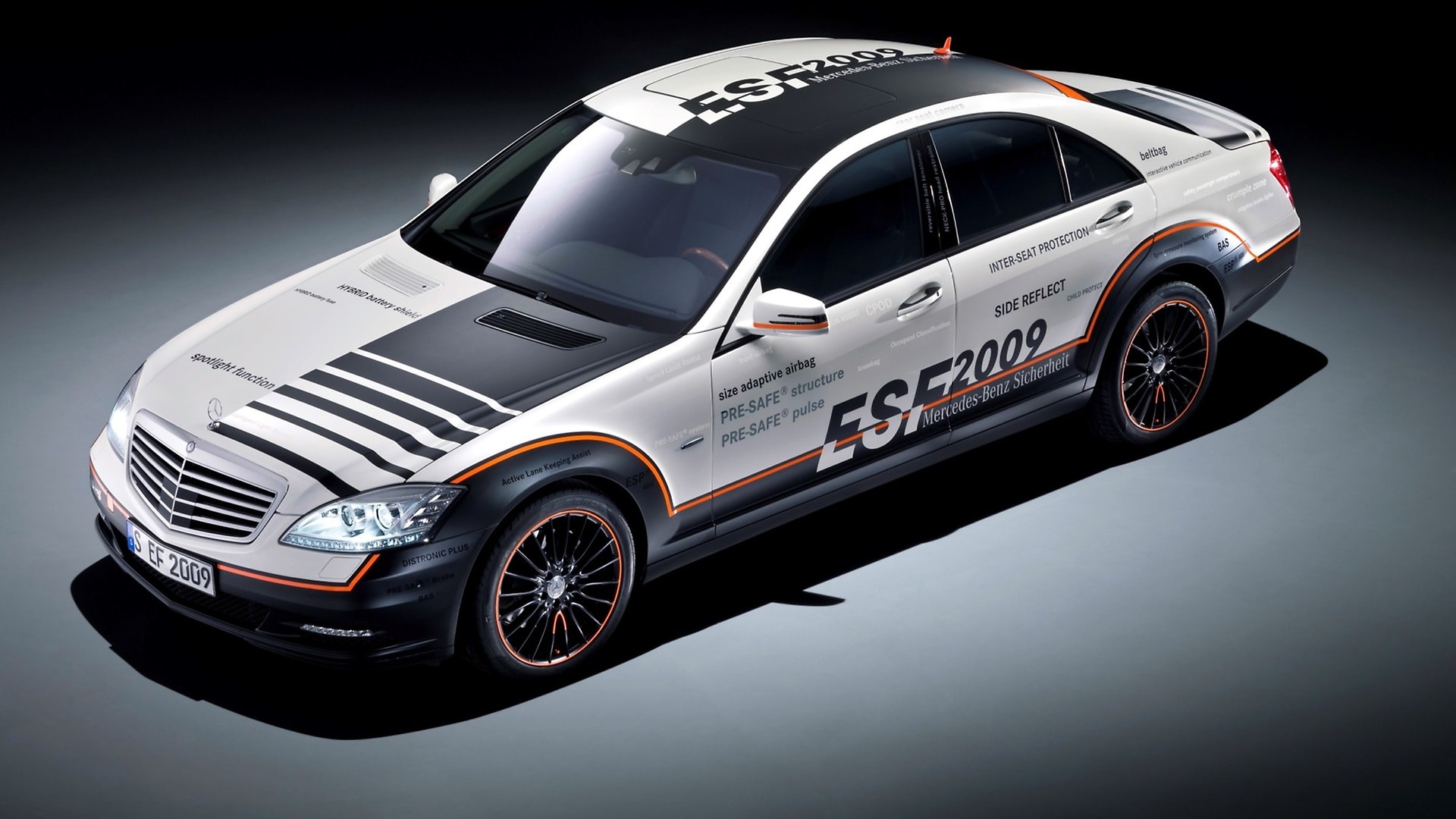

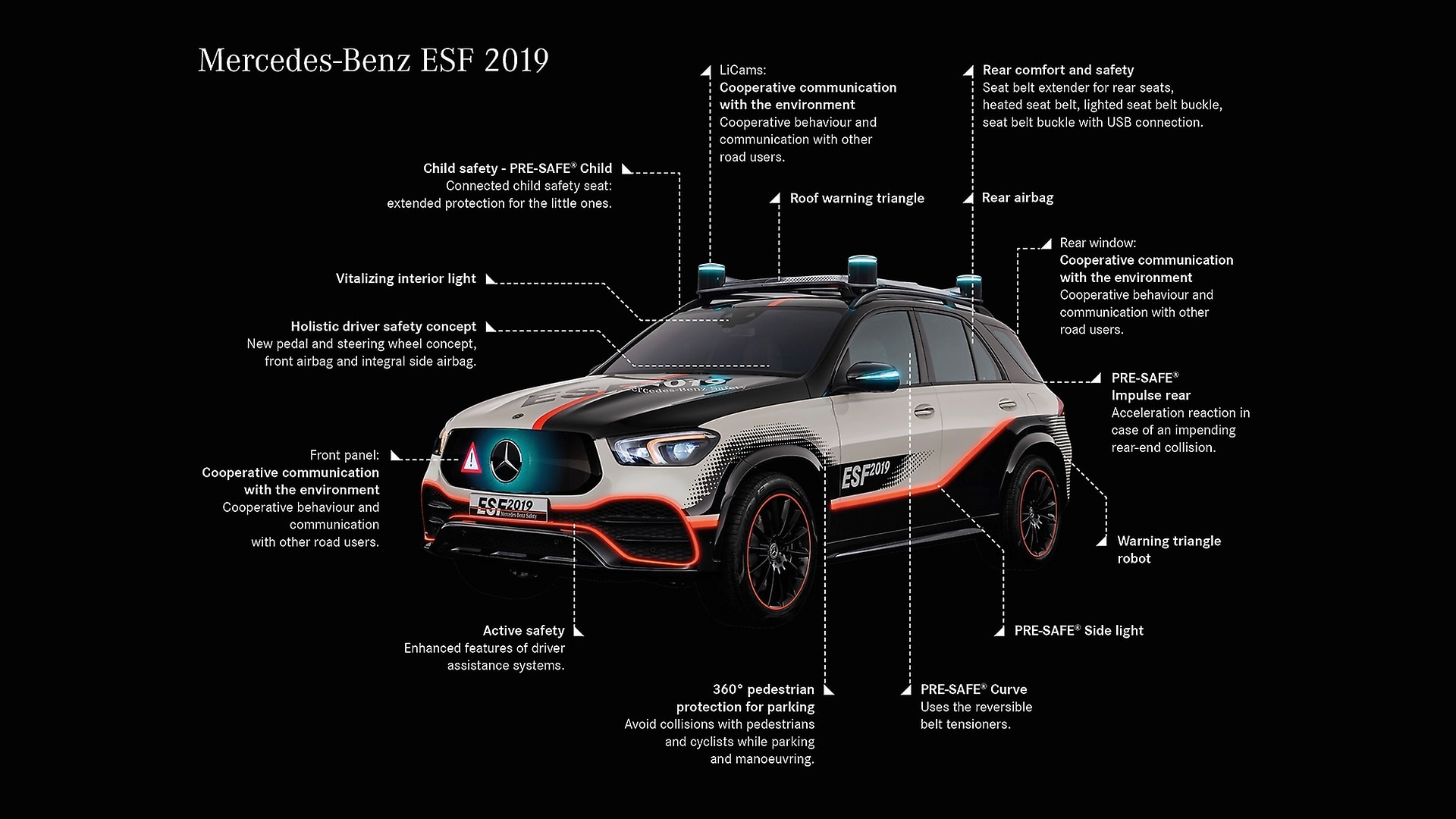
,xPosition=0.5,yPosition=0)
,xPosition=0.5,yPosition=0)